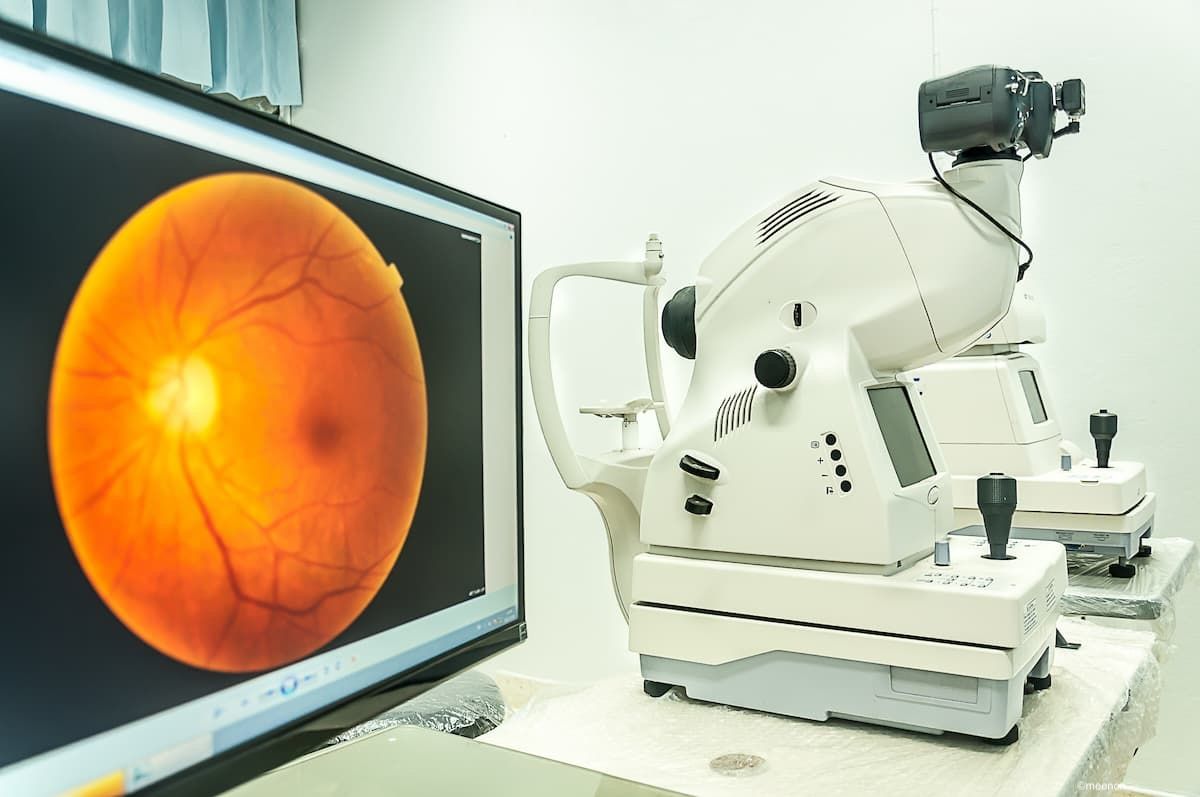Article
CPT code, reimbursement set for tear osmolarity test
The American Medical Association (AMA) has published a new Current Procedural Terminology (CPT) code that applies to a proprietary osmolarity test (TearLab).
San Diego-The American Medical Association (AMA) has published a new Current Procedural Terminology (CPT) code that applies to a proprietary osmolarity test (TearLab), according to the company.
The code is 83861; microfluidic analysis utilizing an integrated collection and analysis device, tear osmolarity (for microfluidic tear osmolarity of both eyes, report 83861 twice). This code falls under the chemistry subsection of the pathology and laboratory section of the CPT Codebook and will be listed under the clinical laboratory fee schedule by the Centers for Medicare and Medicaid Services (CMS). Patient co-payments and deductibles do not apply to services paid under the Medicare clinical laboratory fee schedule.
“We are very pleased that the AMA has created this CPT code that describes the . . . test,” said Elias Vamvakas, TearLab’s chief executive officer. “The establishment of this code demonstrates the uniqueness, utility, and value of our patented lab-on-a-chip technology.”
CMS has published its recommended payment determination for new test codes, and it includes a proposed reimbursement rate, effective in January, for the osmolarity test.
CMS will reimburse the new code at $24.01 per eye. Reimbursement will be available only for offices that have a moderate complex Clinical Laboratory Improvement Amendments (CLIA) certificate until the marketer of the test receives a CLIA waiver categorization from the FDA. The FDA is reviewing the waiver application.
“With FDA approval last year, reimbursement marks the achievement of the second of our three key milestones for U.S. commercialization,” Vamvakas said. “We look forward to receiving our CLIA waiver certificate, which will make it much simpler for individual doctors to provide the test for their patients.”
The osmolarity system uses a novel lab-on-a-chip approach that requires less than 50 nl of tear fluid to measure tear osmolarity. The system aims to eliminate the challenges that previously prevented point-of-care osmolarity testing. It can produce a sample-to-answer result in less than 30 seconds, according to the company.





